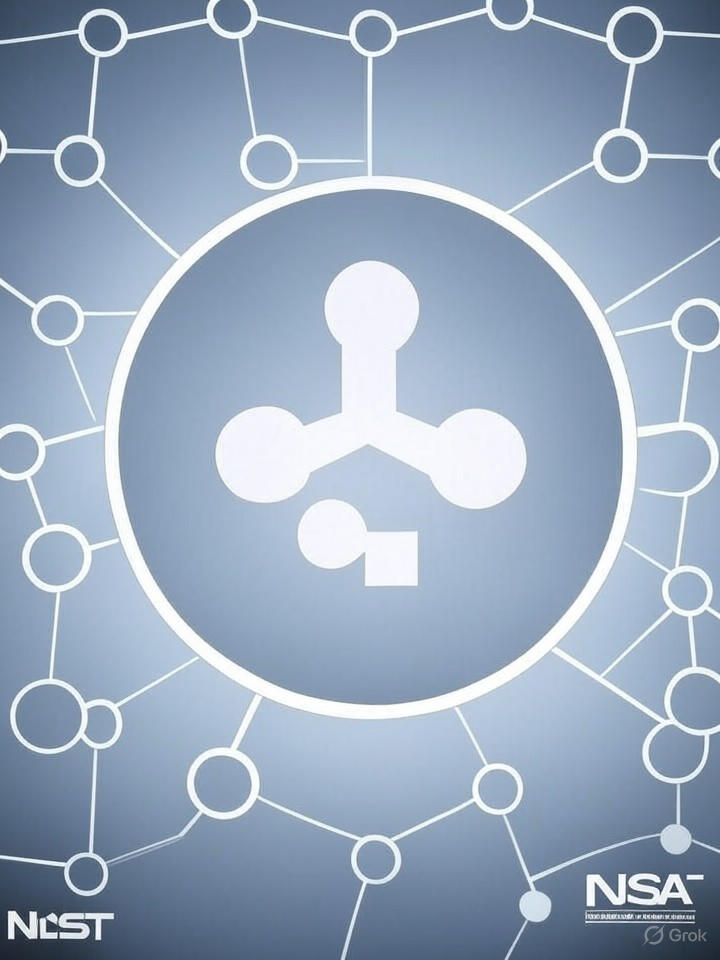BREAKING: Renowned cryptologist Daniel J. Bernstein has just launched a fierce critique against the NSA and GCHQ, alleging they are pressuring the NIST to fast-track risky post-quantum cryptography standards. This urgent call to action raises significant concerns about the security of global digital systems amid the escalating threat of quantum computing.
In a shocking blog post released earlier today, Bernstein warns that the push towards non-hybrid post-quantum standards could expose critical infrastructures to unprecedented vulnerabilities. He emphasizes the need for hybrid models that combine emerging post-quantum algorithms with established pre-quantum methods, such as elliptic curve cryptography (ECC), fundamentally arguing that this preserves security against future quantum threats.
“Given how many post-quantum proposals have been broken and the continuing flood of side-channel attacks,” Bernstein stated, “any competent engineering evaluation will conclude that we need hybrids.” His comments highlight an ongoing debate in the cybersecurity community about the implications of rushing to finalize these standards without adequate safety measures.
The controversy comes as NIST continues its standardization process, which began in 2016 to develop cryptography resistant to quantum attacks. Following the release of its first three finalized post-quantum encryption standards in August 2024, experts are now questioning the wisdom of excluding hybrid options. Bernstein’s claims suggest a troubling alignment of interests, positing that the NSA’s advocacy for pure post-quantum schemes may be aimed at preserving surveillance capabilities.
Quantum computers pose a grave risk, potentially breaking current encryption methods used to secure everything from online banking to national security communications. With existing quantum projects, such as Google’s Willow and Microsoft’s Majorana, advancing rapidly, Bernstein warns that adversaries could leverage a “harvest now, decrypt later” strategy, stockpiling encrypted data for future exploitation.
Industry reports echo Bernstein’s fears. A Capgemini report indicates that quantum disruptions could jeopardize online banking and blockchain systems within the next decade. Meanwhile, other experts, including Onur on social media, have raised alarms about the vulnerability of Bitcoin to quantum attacks.
Despite Bernstein’s concerns, NIST defended its approach, stating that the selected standards—ML-KEM, ML-DSA, and SLH-DSA—were chosen following rigorous evaluation. However, Bernstein’s history of lawsuits against the U.S. government, particularly regarding NSA involvement in cryptographic standards, adds credibility to his warnings.
At the core of the ongoing debate is the hybrid model, which combines post-quantum algorithms with ECC to ensure security even if one layer fails. Proponents argue this approach is akin to redundancy systems in aviation, while critics contend it complicates implementation and slows adoption. Bernstein urges for caution, stating that adopting non-hybrid standards could be reckless, particularly in light of past vulnerabilities, such as the 2015 Logjam attack.
As the landscape of quantum technology continues to evolve, the stakes for global cybersecurity are escalating. Bernstein’s recommendations for adopting hybrid models until more vulnerabilities are analyzed call for immediate attention from policymakers and industry leaders alike.
With the White House mandating the transition to quantum-resistant cryptography for federal systems by 2035, Bernstein’s warnings underscore the need for a more measured approach. The growing divide among experts raises a critical question: if intelligence agencies are shaping these standards, who safeguards the guardians?
As the debate unfolds, the implications for global security remain significant. The urgency of Bernstein’s critique is clear: the future of digital security hangs in the balance, and immediate action is required to ensure that the transition to post-quantum cryptography doesn’t expose vital systems to unforeseen threats.
Stay tuned as this story develops—this is a critical moment for the cybersecurity industry, and the choices made today will shape the digital landscape for years to come.








































































